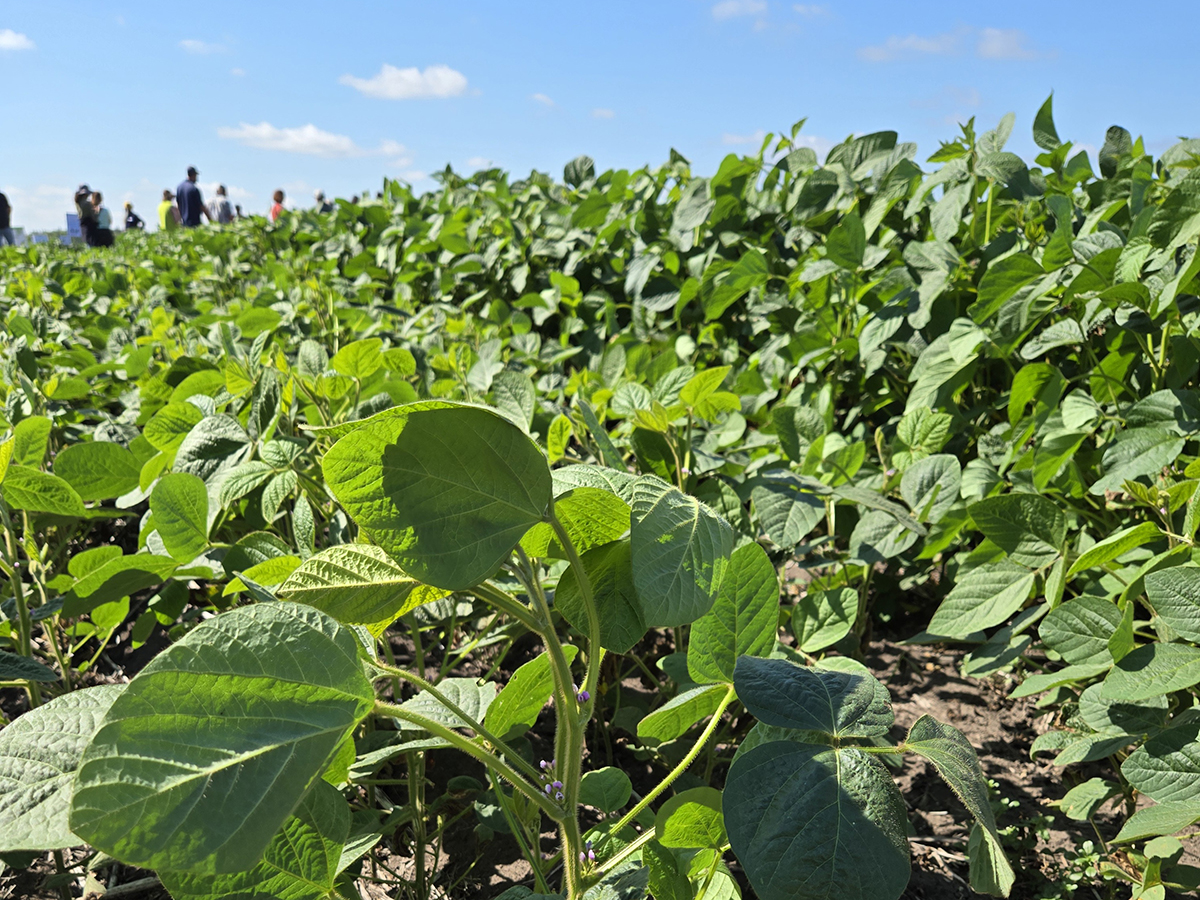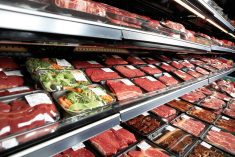On the trade file, much of Canada’s political attention focuses on high-profile international negotiations. Out of the spotlight, federal and provincial agricultural officials are working on a trade deal designed to provide cleaner access to the most important market – Canada.
From dairy content rules to a prescription for the size of container that can be used to ship apples over borders, Canada is littered with interprovincial trade barriers that often hamper or stop sale of food products between provinces.
Chapter 9 of the 1994 Agreement on Internal Trade (AIT) was written to allow trade barriers to be challenged through a formal hearing and panel decision process.
Read Also

Spider mites big soybean problem this season
Spider mite issues have been geographically limited but significant where they occur, said John Gavloski, an entomologist with Manitoba Agriculture.
By the end of October, officials are to present agriculture ministers with a revised and strengthened agricultural section.
If approved, it will be forwarded to premiers as part of an updated AIT, promised by prime minister Stephen Harper in the throne speech that opened the new Parliament in 2006.
After ministers discussed the state of negotiations during their July summer meeting, federal minister Gerry Ritz said Canadians are showing a preference for domestically produced food. An improved domestic common market will help.
“It’s certainly a situation driven by consumers,” Ritz told reporters. “As they look for food safety and security, they’re much more comfortable with Canadian product coming from another region than they are coming in from countries abroad. It’s one of the reasons that we’re looking at those interprovincial trade restrictions at this point.”
Don Jarvis, president of Dairy Processors’ Association of Canada, said better discipline over interprovincial barriers is good for the Canadian economy.
“We are concerned that we might see increasing barriers at provincial borders as producers worry about the fact that they may be facing more competition from abroad as international trade barriers fall,” he said. “So the political commitment to see existing trade barriers slowly but surely fall is encouraging. I think we are seeing an evolution of a free trade agreement in Canada.”
In 2006, the Conference Board of Canada said internal trade barriers cost the Canadian economy billions of dollars each year.
Part of the broader negotiation between Ottawa and the provinces has centred on trying to create a system of penalties for provinces that lose a case before an AIT dispute resolution panel but refuse to remove or modify the offending regulation.
Compliance is voluntary, as illustrated by Quebec’s refusal for almost three years to end the ban on butter-coloured margarine sales. A panel ruled that the ban had to be lifted no later than Sept. 1, 2005, but it is only happening Aug. 1, 2008.
Quebec dairy farmers worry that a strengthened AIT will become a vehicle to erode supply management.
Governments insist that is not going to happen. Agriculture ministers told negotiators that nothing should undermine supply management in the attempt to eliminate trade barriers.
Gary Koestler, director of multilateral technical trade issues in Agriculture Canada’s international trade policy directorate, said the details worked out by officials over the past several years are being checked by lawyers to make sure supply management rules are not undermined.
“Only after it has passed that test will it be forwarded to ministers.”














